Why Balance Bikes Are Essential for Early Childhood Development
Balance bikes help children develop crucial motor skills by allowing them to focus on balance rather than pedaling. This foundational skill accelerates the learning curve when transitioning to pedal bikes. By engaging core muscles and improving coordination, children gain confidence in their physical abilities while having fun outdoors.
Applications in Outdoor and Educational Settings
Balance bikes are widely used in parks, playgrounds, preschools, and family-oriented recreational areas. They provide a safe and controlled environment for children to explore movement, learn spatial awareness, and interact socially with peers. Schools and kindergartens often integrate balance bikes into physical education activities to promote healthy habits and teamwork from an early age.
Common use scenarios
- Preschool playgrounds for safe and guided learning of balance
- Home yards and gardens for outdoor exercise and coordination
- Community parks to encourage social play and confidence building
- Early cycling programs to prepare children for pedal bikes
- Therapeutic settings to support children with motor skill challenges
Material and Design Advantages
Modern balance bikes are constructed from lightweight yet durable materials like aluminum, carbon steel, or reinforced plastic. Adjustable seats and handlebars accommodate children as they grow, while non-slip tires and ergonomic grips ensure safety. Many models feature shock-absorbing tires and footrests to further enhance comfort and control.
Performance and design features
| Feature | Benefit | Application |
| Lightweight frame | Easy to maneuver | Young children learning balance |
| Adjustable seat | Accommodates growth | Long-term use from ages 2-6 |
| Non-slip tires | Stable riding experience | Outdoor playgrounds and trails |
Safety Considerations for Parents and Educators
Balance bikes reduce the risk of falls compared to pedal bikes because children can place their feet on the ground when losing balance. Protective gear like helmets, knee pads, and elbow guards is recommended, and supervision is advised in areas with obstacles. Lightweight designs and rounded edges further minimize potential injuries.
Tips for safe use
- Ensure helmet fits snugly and is worn at all times
- Choose flat, obstacle-free areas for initial learning
- Regularly check tire pressure and seat adjustment
- Teach children to use feet for braking and balancing
Long-Term Development Benefits
Regular use of balance bikes supports muscular development, coordination, and confidence in children. It encourages outdoor activity, social interaction, and independence, laying the foundation for successful cycling skills in later years. Children transition to pedal bikes faster and with less fear, making balance bikes a valuable investment for both recreational and educational purposes.
Conclusion: Investing in Growth and Confidence
Balance bikes are more than toys—they are tools for developing physical skills, confidence, and a love for outdoor activity. Lightweight, safe, and adjustable designs ensure children gain maximum benefit while having fun. Integrating balance bikes into daily play or structured activities provides long-term value in early childhood development.


 0
0


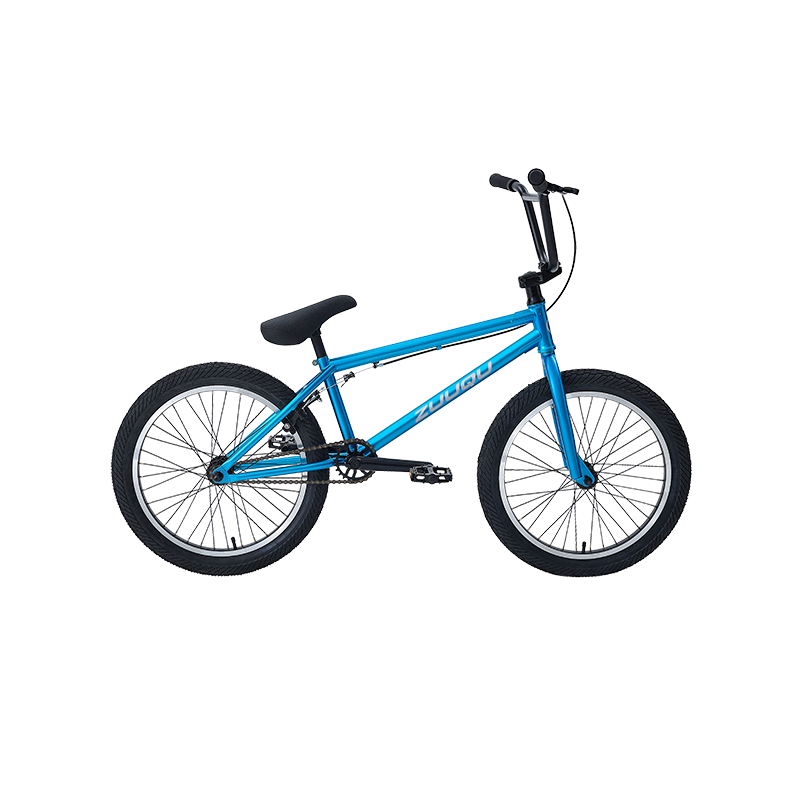

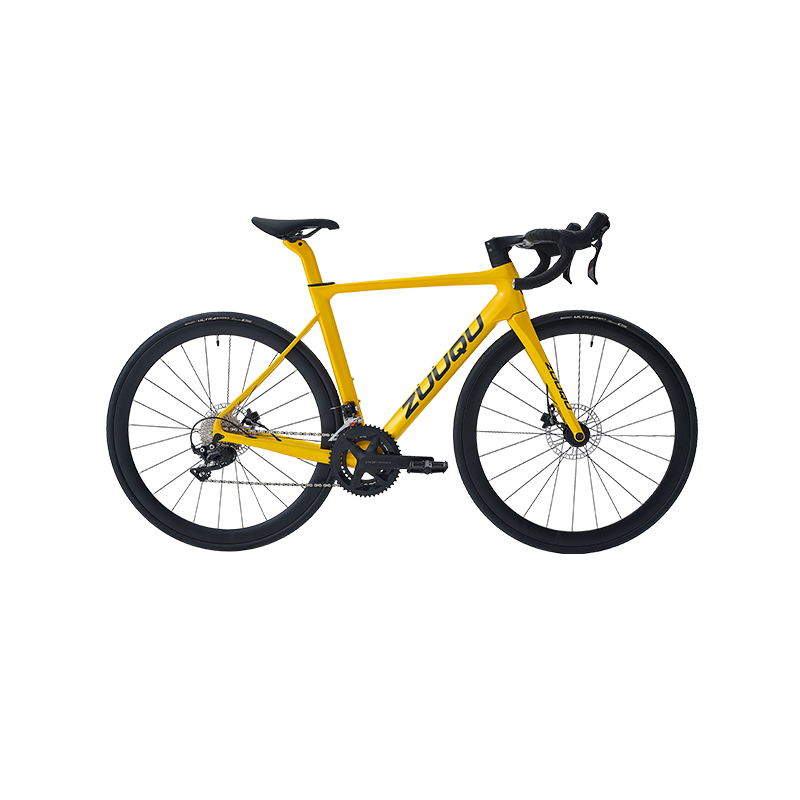
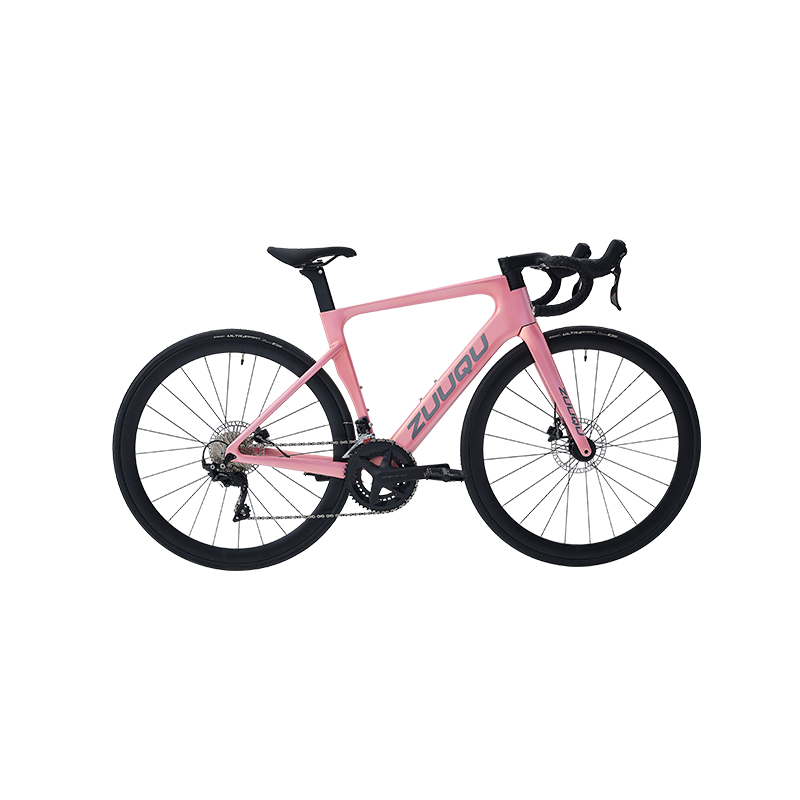

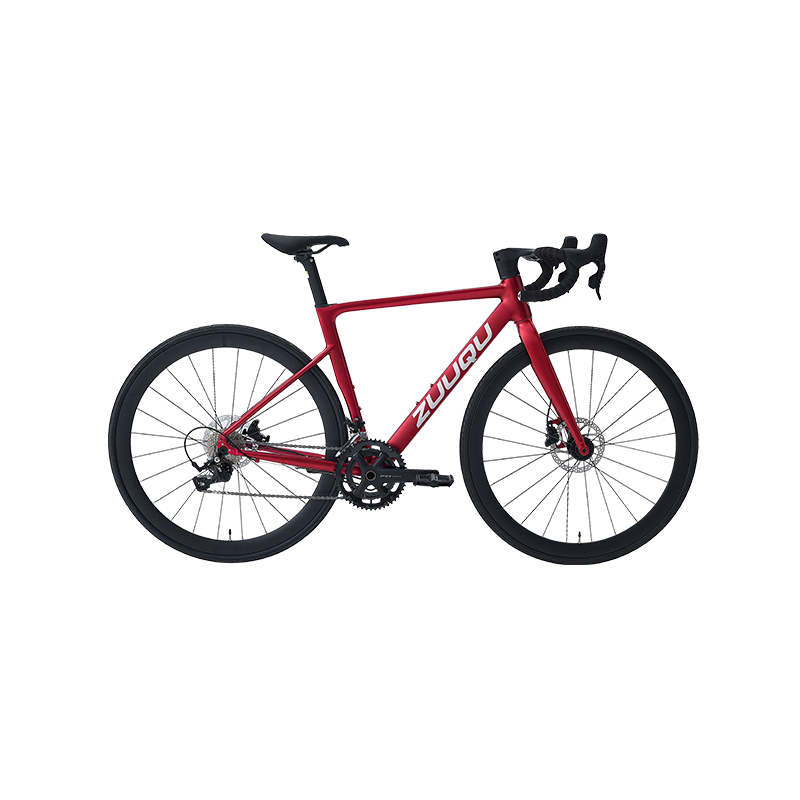
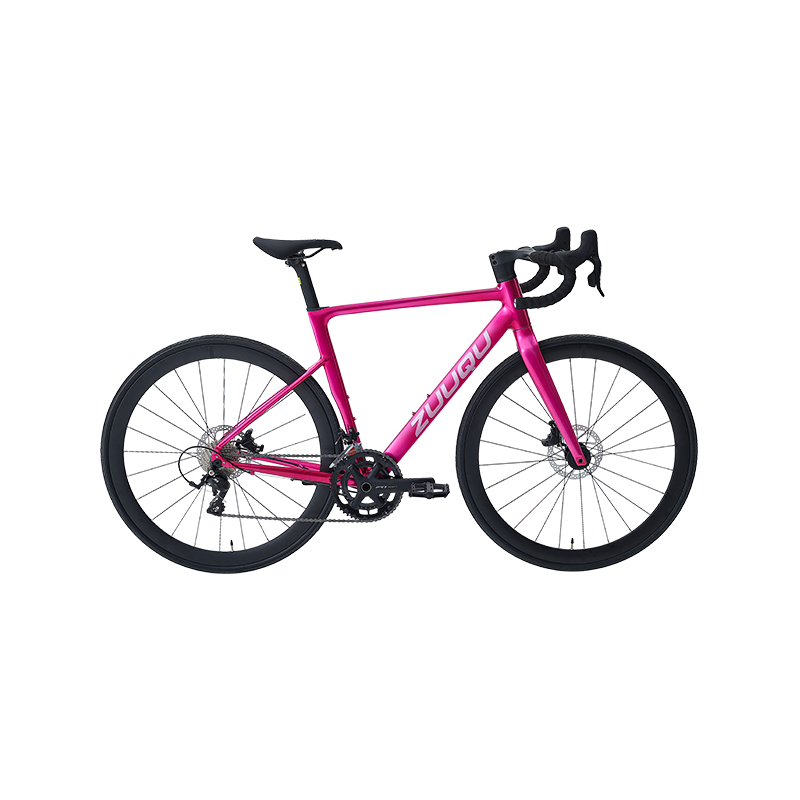

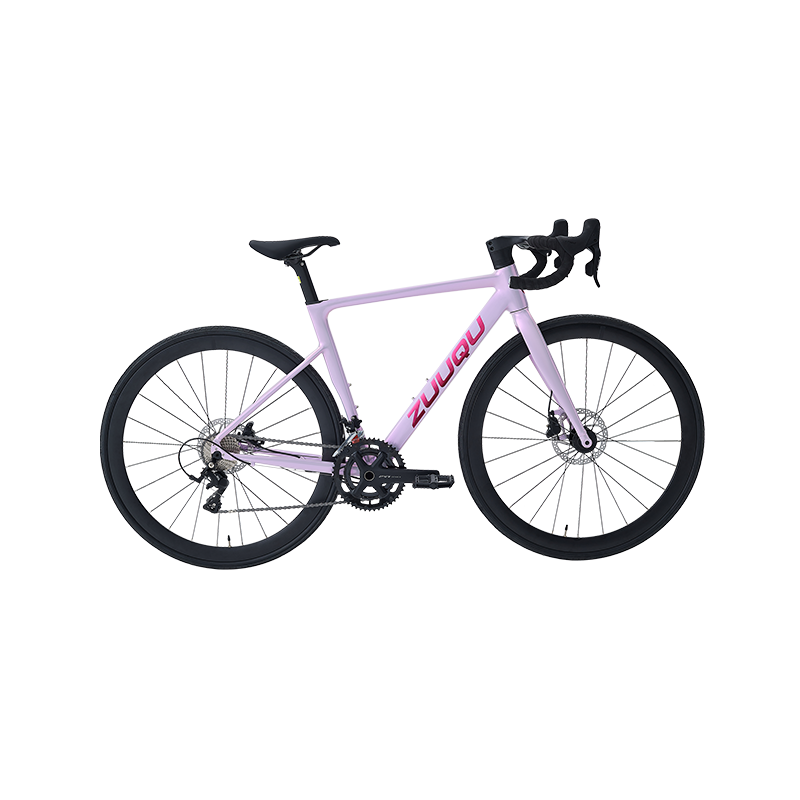
 Linhang industry park, Zhuji,
Linhang industry park, Zhuji,  +86-18858280688
+86-18858280688
